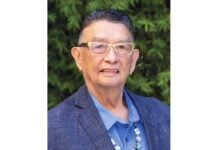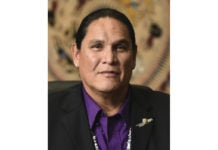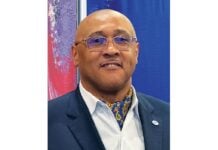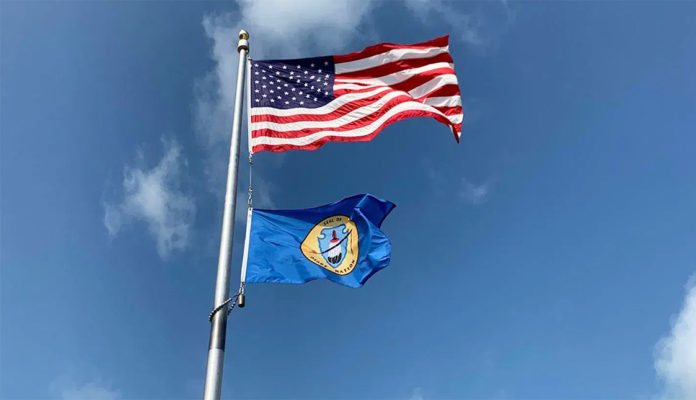SUITLAND, MD – The U.S. Census Bureau and the Osage Nation have announced an historic agreement to share administrative data.
The agreement, formally signed on August 16, 2024, establishes a framework for the Osage Nation to share administrative data directly with the Census Bureau. Data include education, military service, household information, employment, housing, income and expenses at the aggregate level. This tribal data agreement gives the Osage Nation and Census Bureau an opportunity to improve the quality of their data while protecting the confidentiality of tribal members.
“This is a significant milestone in fostering collaboration and trust between the Census Bureau and the Osage Nation,” said Robert L. Santos, Census Bureau Director. “It allows us to better serve the Osage Tribe by developing more accurate and relevant statistical data products for their use in governance, resource management and planning. Our public service mission includes providing statistical data to American Indian tribes and Alaska Natives, and more generally to the people of Indian Country. So, we hope this is the first of many similar data sharing opportunities with other tribal nations.”
The agreement is effective for five years and does not include individual or household level data. It complements ongoing efforts related to outreach and partnership to encourage active participation in current and future Census Bureau censuses and surveys.
“Osage Nation strengthened our sovereignty through successfully implementing our first-ever census,” said Osage Nation Chief Geoffrey Standing Bear. “We’re taking it even further with this historic memorandum of understanding with the U.S. Census Bureau, ensuring Osages are fully represented on a federal level. I am proud and grateful to Director Santos and his team for understanding that a true partnership is when all voices are heard.”
The Census Bureau is building upon decades of experience using information collected directly through surveys and data repurposed from other sources. Access to administrative data helps the Census Bureau explore how to further streamline operations, reduce respondent burden, and increase data quality.
“Expanding data sources available to the Census Bureau, including other quality administrative records and third-party data, is another innovation we’re using to improve statistical data quality,” said Santos. “We’re continuing to research where and how administrative data can be used to effectively fill in census data gaps, especially among historically undercounted populations.”














































